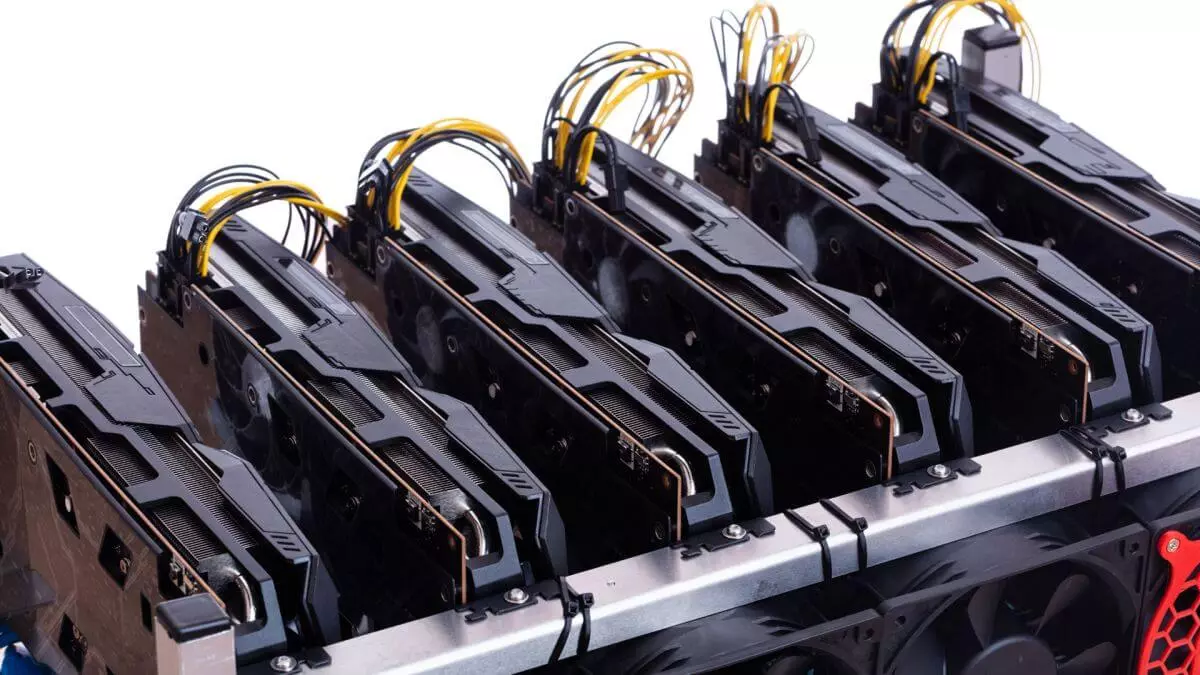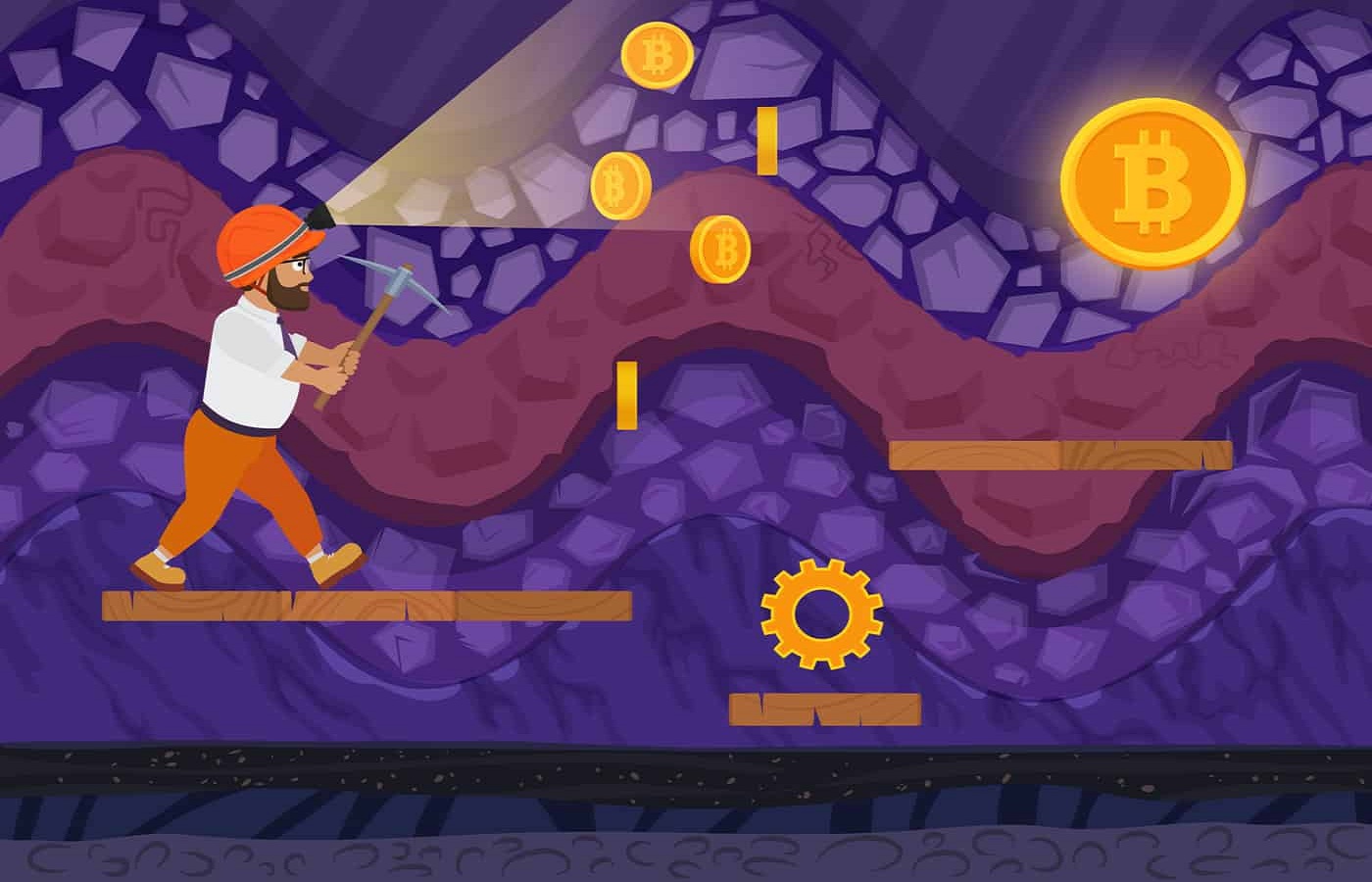Back in 2009, it was a simpler life when just a few people knew about Bitcoin. It used to cost less than a dollar to mine and those with faith in cryptocurrency went for it. It was possible to get rewarded per unit production every day.
When Bitcoin rose in price in 2013, the number of miners increased and it took months to wait for a reward. That was when mining pools emerged; miners united to form a block and split rewards proportionally.
This is when ASIC machines entered the market and changed the game entirely. Now it has become difficult to mine Bitcoins at home without proper equipment. We see many cryptocurrencies in the market which are relatively easier to mine. The principle of mining is more or less the same so it’s recommended to look into various cryptocurrencies and be aware of all options.

Crypto Mining
The mining of cryptocurrency utilizes computer hardware to contribute to the blockchain network. Mining also provides security to the network from attacks and gives an incentive to miners who assist in securing it. If you solve the complex mathematical puzzles, you will be given a reward, typically an amount of a coin.
In order to solve these puzzles, you will require mining equipment. Cryptocurrency miners are used on blockchains that operate on the Proof of Work mechanism which validates blocks and confirms transactions. The most popular Proof of Work blockchain is Bitcoin followed by Ethereum 1.0.
Mining rigs have various functions, whereas crypto miners are concerned with the hash rate and energy consumption. The hash rate is measured as hash per second (h/s). The higher the speed, the more probability of the miner solving puzzles and generating rewards. Miners have to bear in mind how much power the mining equipment would require to make a profit. Electricity costs through mining might be higher than the rewards you earn, hence one should always look into it.
Mining can be divided into 4 types. Each comes with different technical features.
- CPU Mining
CPUs are found in everyday hardware like laptops and desktop computers. In the early days of Bitcoin, miners could mine blocks with CPUs on their laptops or desktop computers. This was possible at the time because there were only a handful of miners on the network. The general hash rate was also quite low then. Bitcoin mining had less competition which meant a higher success rate. As the cryptocurrency network became an industry and competition became rigorous, it became harder to mine with readily available CPUs.

There are blockchains that feature mining algorithms that are designed to cater to CPU mining. These include Bytecoin, Zcash, and Monero. The aim is to make room for the everyday miner to be able to compete with large-scale miners who are dominating the market in today’s time. This also assists in maintaining mining as decentralized.
CPU mining is not ideal to mine Bitcoin and most of the Proof of Work blockchains. They are unable to utilize electricity efficiently and their hashing power lacks in comparison to other mining equipment in the market. CPU chip mining measures in KiloHashes per second.
- GPU Mining
Most large-cap miners have made a move from CPUs to GPUs to mine cryptocurrency. When it was observed that CPUs would not perform as well as required, the first software for GPU mining was released in 2010.
GPU hash rate measures in MegaHashes per second. The performance of a GPU is based on its price and age. Their speed varies between 10 mh/s – 60 mh/s. GPU miners perform better as they have the ability to process more operations in comparison to a CPU. Many miners build mining rigs with 6-12 GPUs each. This multiplies their hashing power and gives more profitability.

Moreover, GPUs are flexible regarding the variety of coins they can mine. They cater to different algorithms, many of which are recommended to be mined by a GPU. However, their reign over mining was fairly short-lived as by 2015 a new hardware dominated the market.
- ASIC Miner
Application-Specific Integrated Circuit (ASIC) miners are solely designed to mine cryptocurrency. When the first ASIC was launched, it caught the cryptocurrency industry by storm. It was 200 times more powerful than the GPU miners of the time. ASIC mining power is measured in TeraHashes per second (th/s). They can compute between 40 th/s – 110 th/s depending on the price and age of the machine. This performance exceeds the best GPU miner available today.
However, there are some aspects of an ASIC miner which are not favorable. They are quite expensive, usually ranging from USD 2,000 – USD 15,000. This range varies according to the market, the value of cryptocurrency, and new releases of machines. Nonetheless, this is a significant investment that would require some time to break even for the investor. Reaching that point has no guarantee as it is dependent on factors like electricity costs and network difficulties. Buying ASIC miners can be profitable while also being costly.

In an ideal situation, a large number of ASIC mining operations must take place in order to ensure profitability and give competition. However, one should always bear in mind that crypto mining can get affected by fluctuation in coin price, which directly impacts the profitability of ASIC rigs and warehouses.
ASIC miners are specialized to mine certain coins and algorithms. This is the reason why some blockchains remain dominated by GPU miners. There are projects like Monera and Ravencoin which are designed to be ASIC-resistant. This kind of structure is designed to refrain equipment to dominate the playing field.
However, ASIC miner manufacturers have launched ASIC Miners for the Scrypt algorithm in an attempt to counter ASIC resistance. It won’t be much of a surprise if we see ASIC miners dominate the cryptocurrency industry in the future.
- Cloud Mining
By purchasing a cloud mining service or contract from a cloud mining provider, anyone can mine cryptocurrency indirectly. This lets you mine without worrying about significant costs and the maintenance of specialized hardware.
Cloud mining contracts are available varying by duration and hash rate. The mining providers usually have various warehouses with ASIC miners, making it cost-competitive.

Another way into cloud mining is to remotely rent ASIC miners. This requires miners to give extra attention to setting up and maintaining costs. You must have substantial knowledge to guide users who want to configure remotely. This option is not as popular as it used to for the responsibility it entails.
When the demand is high, it’s difficult to find cloud mining options, as you will come across many sold-out contracts. You must be mindful when choosing a provider as fraudulent cloud mining services are always making the round amongst the real ones. These scams are known as exit scams, where companies have stolen from customers who had paid for contracts and made no profits in return.
In conclusion
May you choose CPU, GPU, ASICS, or cloud mining, they contribute to the blockchain structure. The demand for mineable coins and their designated miners is growing. Oftentimes you may find it hard to purchase ASIC miners as they remain sold out in the market.
Whether you mine cryptocurrency, choose to purchase it directly, or do both, it is a personal decision based on your capital, idealogy of investment, risk tolerance, and technical knowledge.

As a writer, Richard is an advocate of blockchain technology and cryptocurrency in general. He writes about all things from cryptography to economics, with a focus on how it applies to cryptocurrencies. He is also passionate about writing about topics such as decentralization, open-sourced software development, and copyright law.









